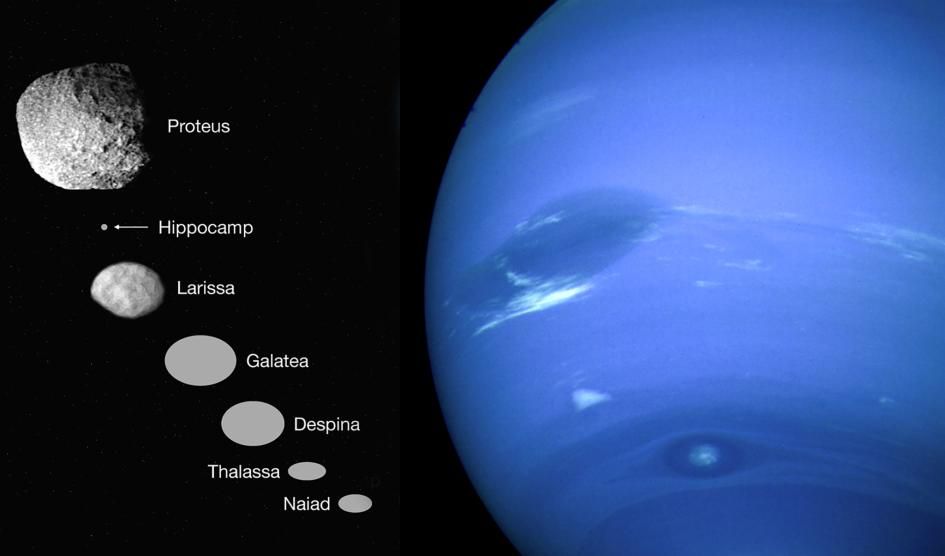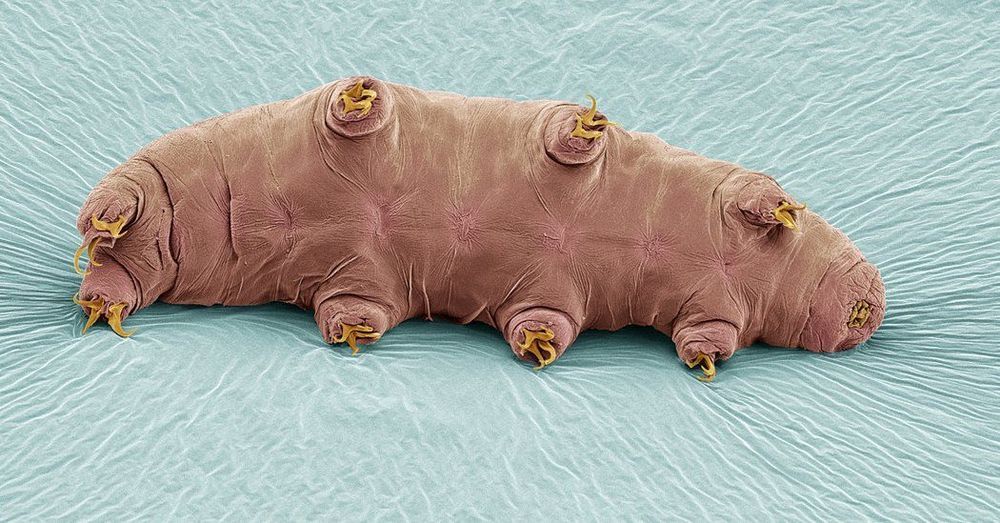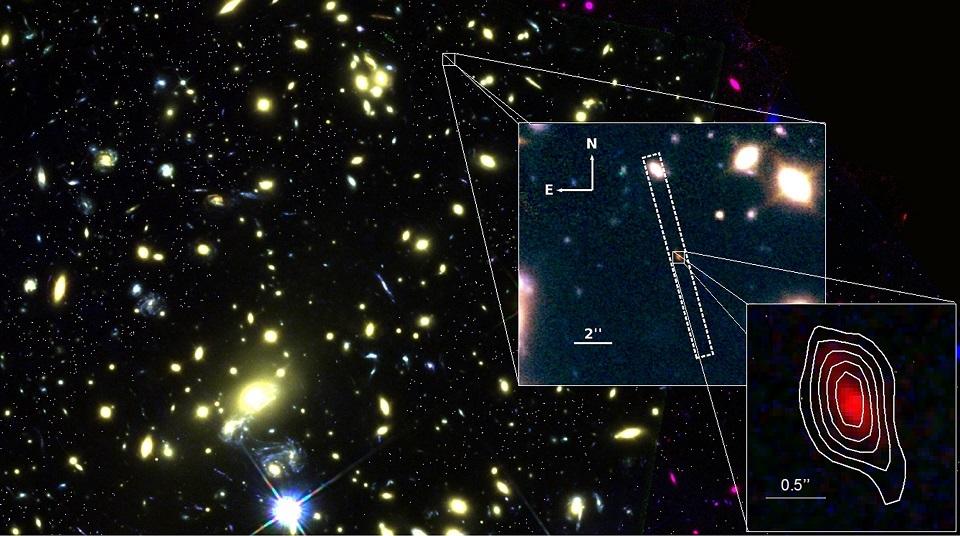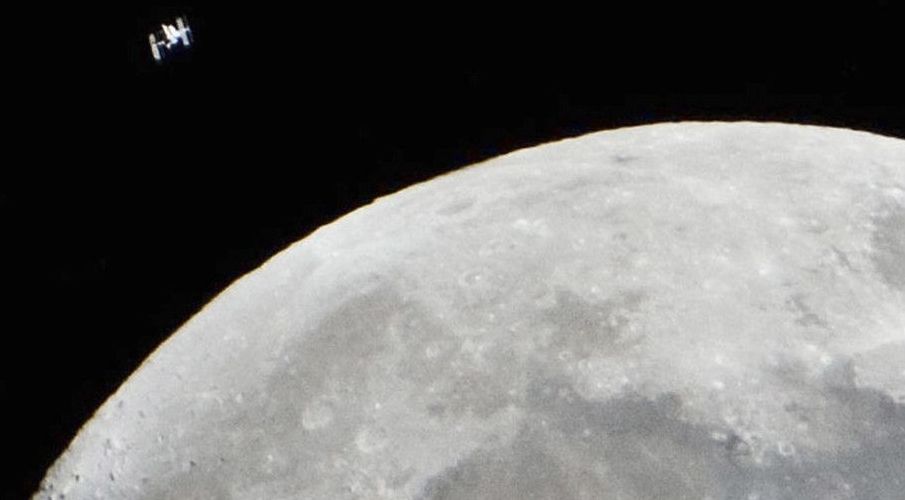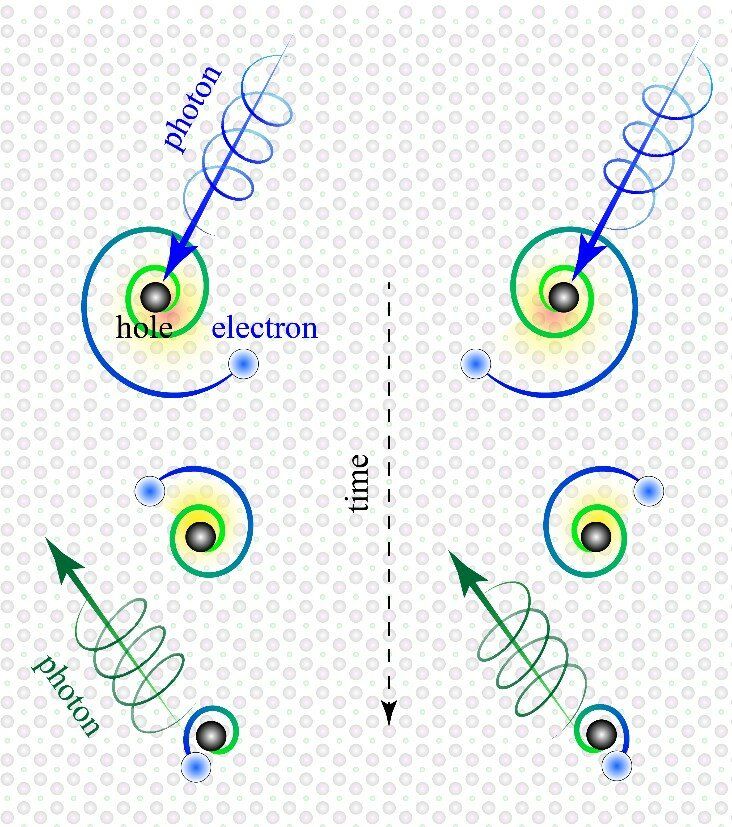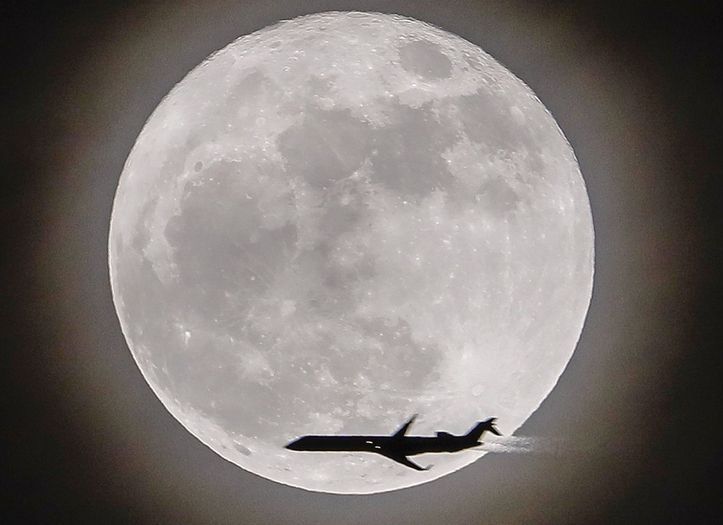A starry sky on a warm summer’s night is a beautiful view to behold. We tend to focus mainly on the wonders of space—how it could save our planet, how we could make contact with other friendly civilizations, and how we could learn about natural marvels that we can only begin to imagine.
However, behind the twinkling lights hide some of the most dangerous phenomena that we, as a species, have ever witnessed. From burning balls of gas to violent bursts of deadly radiation, here are 10 terrifying ways that space could destroy civilization as we know it.

